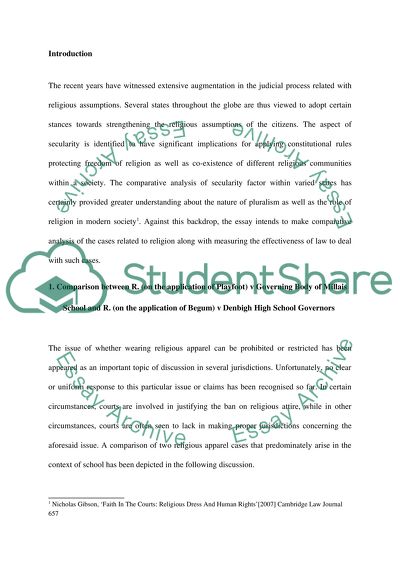Cite this document
(“Legal Methods and Legal Structures Essay Example | Topics and Well Written Essays - 3000 words”, n.d.)
Legal Methods and Legal Structures Essay Example | Topics and Well Written Essays - 3000 words. Retrieved from https://studentshare.org/law/1655419-legal-methods-and-legal-structures
Legal Methods and Legal Structures Essay Example | Topics and Well Written Essays - 3000 words. Retrieved from https://studentshare.org/law/1655419-legal-methods-and-legal-structures
(Legal Methods and Legal Structures Essay Example | Topics and Well Written Essays - 3000 Words)
Legal Methods and Legal Structures Essay Example | Topics and Well Written Essays - 3000 Words. https://studentshare.org/law/1655419-legal-methods-and-legal-structures.
Legal Methods and Legal Structures Essay Example | Topics and Well Written Essays - 3000 Words. https://studentshare.org/law/1655419-legal-methods-and-legal-structures.
“Legal Methods and Legal Structures Essay Example | Topics and Well Written Essays - 3000 Words”, n.d. https://studentshare.org/law/1655419-legal-methods-and-legal-structures.


